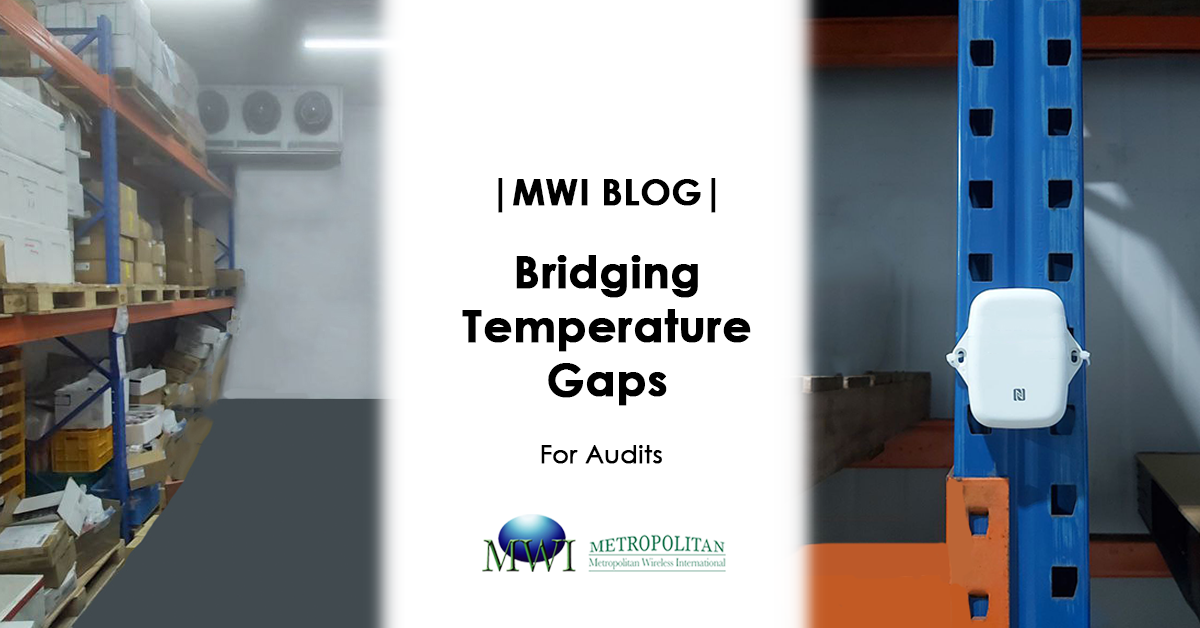Introduction
In the world of temperature-controlled equipment for cold chains and pharmaceutical industries, precision and accuracy are important. These equipment’s play a crucial role in preserving perishable goods and pharmaceutical products such as frozen goods and medications, making it essential to maintain a consistent and controlled temperature. However, a fascinating challenge arises when it comes to measuring and monitoring the ambient temperature of these storage units.
Often, there is a discrepancy between the temperature measured by the external sensor and the temperature recorded by the thermal probe near the ‘fan’ (also known as the evaporator in the equipment). As a result, due to the connection between the thermal probe and the controller display (controller is located outside the equipment and displays the temperature of the unit) differs from the temperature measured by the external sensor.
This temperature discrepancy can lead to confusion and concern, as employees may not know which reading to trust. Auditors would also want to see the temperature data records of the storage unit to verify its compliance with the required temperature guidelines for temperature-sensitive equipment’s. Should the auditor discover any non-compliance with the guidelines, it could cause audit issues for the business.
In this blog, we will understand the reasons behind the variations in temperature readings and providing a recommendation on how to bridge this temperature gap. Understanding this will not only enhance the effectiveness of temperature monitoring but also ensure compliance with regulatory requirements and the integrity of the stored goods.
Placements of Thermal Probe and External Sensors in Equipment’s
Thermal Probe: The thermal probe is usually positioned in close proximity to the ‘fan’, within the equipment itself. Its placement near the ‘fan’ allows it to measure the temperature of the air directly affected by the cooling process. By being strategically placed at that location, it allows the thermal probe to measure precise and accurate temperature readings of the air surrounding the ‘fan’.
External Sensors: External sensors placed in/on equipment’s are usually from a third-party vendor’s temperature monitoring system. The external sensors are positioned in different areas within the equipment. These sensors are often placed on the walls or other suitable locations within the equipment. Its purpose is to measure the ambient temperature within the entire storage space, providing an overview of the temperature conditions throughout the environment
Reasons Behind Temperature Discrepancies
1. Air Distribution
The distribution of cooled air from the ‘fan’ significantly impacts the temperature distribution within the storage unit, resulting in temperature fluctuations at various points in the room. As the ‘fan’ propels cooled air, it creates dynamic airflow patterns that affect how the temperature is spread and regulated within the space. This results in certain areas closer to the ‘fan’ to experience cooler temperatures, while areas further away will experience slightly higher temperatures. This brings us to the next reason behind temperature discrepancies between the thermal probe and external sensors.
2. Proximity of Sensor/Probe to ‘Fan’
The distance of the thermal probe and external sensor from the ‘fan’also contributes to the temperature variance observed between them. Due to the closer proximity of the thermal probe to the ‘fan’, it will measure a temperature different from the reading obtained by the external sensor, placed at a further distance from the ‘fan’. Regardless of the external sensor’s proximity to the thermal probe and ‘fan’, it will consistently measure a temperature different from that recorded by the thermal probe.
3. External Factors
If an employee opens the storage unit, whether for a short duration or an extended period, the temperature near the door of the unit is likely to increase due to the exchange of air with the external environment. As the external sensor is already positioned further from the ‘fan’ and closer to the door compared to the thermal probe, it will measure a slightly higher temperature than the thermal probe. The thermal probe, being located closer to the ‘fan’ is less affected by these temporary fluctuations, contributing to the observed variance in temperature measurements.
Our Recommendation to Bridge This Temperature Gap
To align the temperature measurements with regulatory requirements, the business can make temperature adjustments to the ‘fan’ in the storage unit. By doing this calibration, the overall temperature will decrease and ensure that both the thermal probe and external sensor show temperature readings that are within the temperature requirements set by their regulatory bodies. Such precision in temperature control showcases the company’s commitment to maintaining optimal conditions for stored goods and reinforces their adherence to the required standards.
Yes, lowering the ambient temperature of the storage unit will result in higher power usage and an increased electricity bill. However, it’s crucial to remember that this measure is taken for the sake of auditing purposes, aiming to facilitate a smooth sailing auditing process. If the business is concerned about its power consumption and wishes to monitor the overall power usage of all storage units, investing in power sensors can be beneficial. These sensors help monitor the power usage of each individual equipment, allowing the business to take necessary measures to manage power consumption levels effectively.
Summary
Precision and accuracy are crucial in temperature-controlled equipment for cold chains and pharmaceutical industries to preserve perishable goods and medications. By calibrating the equipment’s ‘fan’ to bridge the temperature deviation between the thermal probe and external sensor, it ensures compliance with regulations and maintaining the integrity of stored goods.




